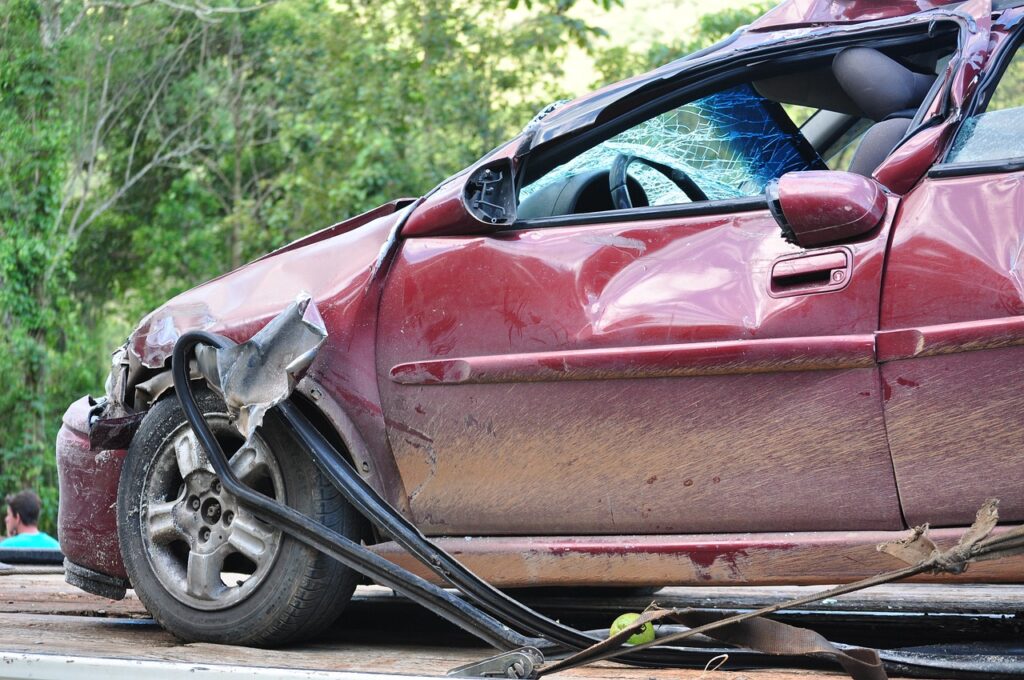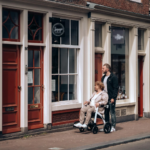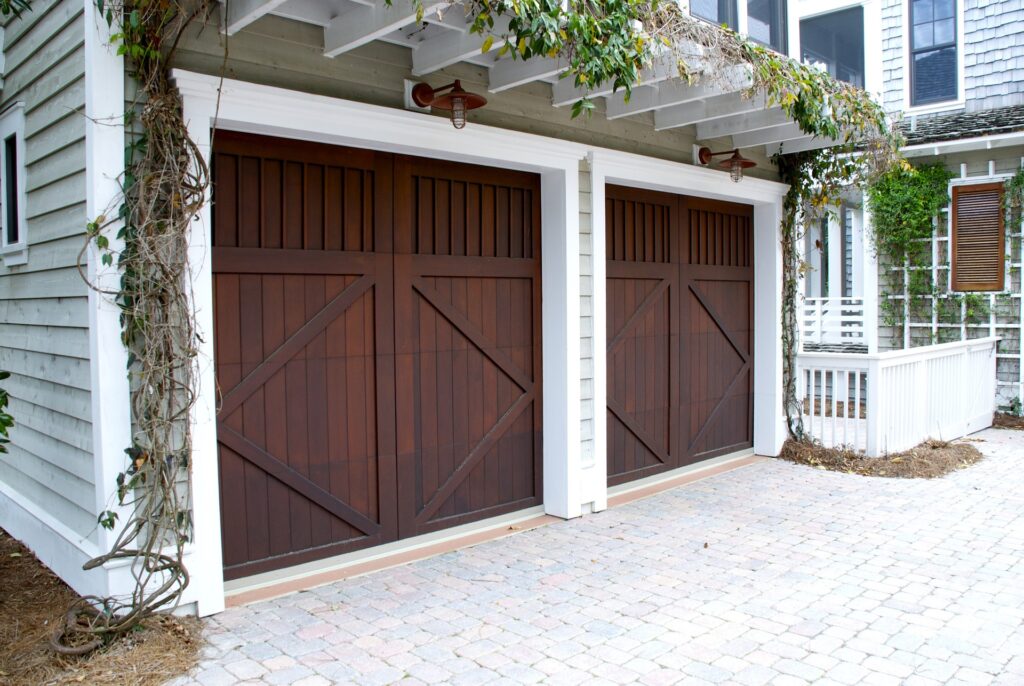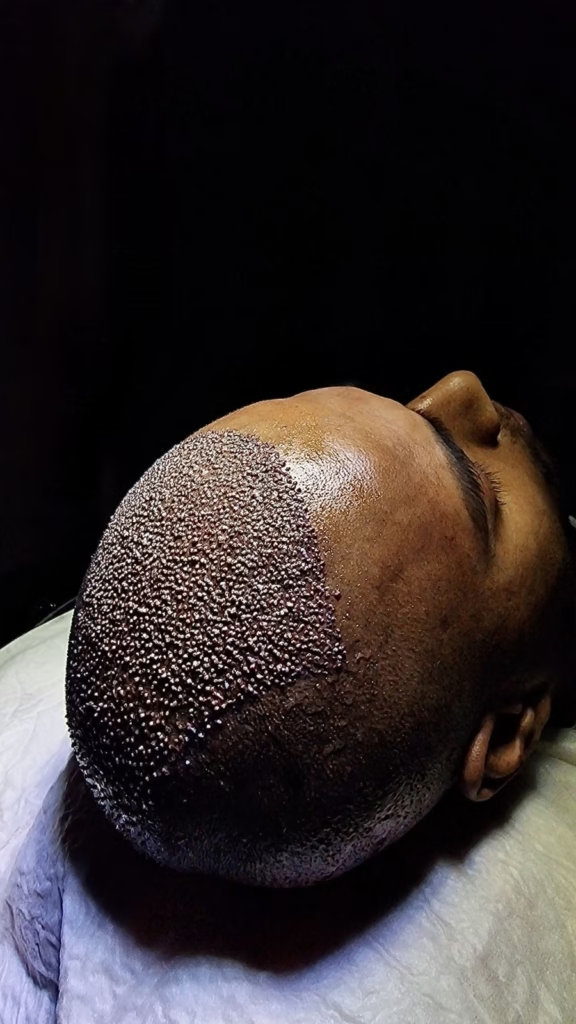Car crashes are a common occurrence on the roads, and unfortunately, they can have serious consequences. When it comes to determining who is at fault for a car crash, negligence plays a crucial role. Negligence is defined as the failure to exercise reasonable care that results in harm or damage to another person. In other words, if someone fails to act responsibly while driving and causes an accident, they can be held legally responsible for the damages.
Proving negligence in a car crash is not always straightforward. It requires gathering evidence, understanding legal concepts, and building a strong case against the responsible party. In this blog post, we will discuss how to prove negligence in a car crash and hold the responsible party accountable for their actions. Let’s get started.
Gather Evidence
Gathering evidence is crucial when trying to hold the responsible party accountable for a car crash. This includes collecting photos, videos, and statements from witnesses at the scene of the accident. It is also important to gather any medical records or bills related to injuries sustained in the crash. The more evidence you have, the stronger your case will be in proving negligence.
Additionally, it is important to preserve any physical evidence such as damaged vehicles or road conditions that may have contributed to the accident. This evidence can help establish fault and support your claim for compensation. It is recommended to start gathering evidence as soon as possible after a car crash, as memories can fade and physical evidence can be lost over time.
Understand Legal Concepts
Proving negligence in a car crash requires a good understanding of legal concepts, such as duty of care, breach of duty, causation, and damages. Duty of care refers to the responsibility that all drivers have to operate their vehicles safely and follow traffic laws. Breach of duty occurs when someone fails to meet this responsibility and causes harm or damage to another person. Causation links the defendant’s actions to the plaintiff’s injuries or damages.
Finally, damages refer to the physical, emotional, and financial losses suffered as a result of the car crash. It is important to have a basic understanding of these concepts when building a case for negligence.
Hire an Experienced Attorney
Navigating the legal system and proving negligence in a car crash can be overwhelming, which is why hiring an experienced attorney is crucial. A skilled personal injury lawyer will have knowledge and expertise in handling similar cases and will guide you through the legal process. For instance, a South Florida Car Crash Attorney will understand the state’s laws and be familiar with local courts, which can make a significant difference in your case. They will also have access to resources such as accident reconstruction experts and medical professionals who can provide valuable testimony to support your claim.
When choosing a lawyer for your car crash case, make sure to do your research and select someone with a proven track record and experience in handling negligence claims. For instance, you can ask for referrals from friends or family, read online reviews, and schedule consultations to find the right attorney for your case.
Interview Witnesses
Eyewitness accounts can be crucial in proving negligence in a car crash. If there were any witnesses present at the scene of the accident, it is important to interview them and gather their statements as soon as possible. These statements can provide valuable information about what happened and help establish fault in the crash.
When interviewing witnesses, it is important to ask specific questions that will help support your case, such as the position of vehicles before and after the collision, any traffic violations observed, or any unusual driving behaviors witnessed. It is also recommended to have a neutral third party conduct these interviews to ensure unbiased testimony.
Obtain Official Reports and Records
Official reports and records from the police, insurance companies, and medical professionals can provide valuable evidence to prove negligence. These records can include accident reports, witness statements, medical bills, and vehicle repair estimates. It is important to obtain these documents as soon as possible after the car crash to ensure they are accurate and not tampered with.
If any discrepancies or inaccuracies are found in these reports or records, it is important to address them immediately with the appropriate parties to ensure a fair outcome for your case. Your attorney can help you gather and review these documents to build a strong case for negligence.
Build a Strong Case
Building a strong case requires thorough preparation and attention to detail. This includes organizing all evidence, understanding legal concepts, and working closely with your car accident lawyer to develop a solid strategy. Your attorney will help you determine the best course of action based on the circumstances of your case and the evidence gathered.
A strong case not only involves proving negligence but also demonstrating the extent of damages suffered as a result of the car crash. This can include physical injuries, property damage, lost wages, and pain and suffering. By building a strong case, you increase your chances of holding the responsible party accountable for their actions and receiving fair compensation for your losses.
Proving negligence in a car crash can be a complex and challenging process. However, by following these six steps – gathering evidence, understanding legal concepts, hiring an experienced attorney, interviewing witnesses, obtaining official reports and records, and building a strong case – you can hold the responsible party accountable for their actions and seek fair compensation for your losses. Remember to act quickly and diligently after a car crash to preserve evidence and ensure the best outcome for your case. With the right resources and preparation, you can successfully navigate the legal system and obtain justice for yourself or your loved ones who have been involved in a car crash caused by negligence.






